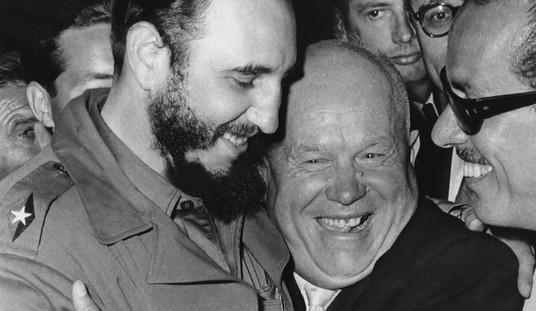The Cash for Clunkers program provided federal subsidies of up to $4500 for those car owners willing to buy a more fuel-efficient vehicle in exchange for certain classes of gas guzzlers. In all, the C4C program generated over 690,000 sales in the few weeks that it ran, with an average subsidy of $4,348 per sale. How many of these, though, would have bought a new car in the near future anyway? According to a new study by Edmonds, an industry analyst, only 125,000 of these sales would have not been made without C4C — which brings the subsidy to about $24,000 per actual successful incentive (via Snapped Shot):
What happened?
Well, it’s in how Edmunds crunched the numbers. A valid way to evaluate the program economically, it says, is to look at how many people purchased cars that otherwise wouldn’t have been bought. The firm says that number is about 125,000 cars. By that measure, the government spent $24,000 to generate each sale of a new car.
For comparison, the average price for a new vehicle in August 2009 was $26,915, minus an average cash rebate of $1,667.
In all, the government spent $3 billion on a program that provided cash toward 690,000 car purchases – about $4,348 per car. That makes 565,000 people who got as much as $4,500 to buy a car they would have bought anyway, according to the Edmunds analysis.
Of course, that may be chicken feed, considering the great press the Obama administration will get for its boost to GDP from the C4C program. Estimates put that at 1.66% annualized for the third quarter, or close to half of the GDP growth. The boost in new home sales and construction eat up a big chunk of what’s left in the 3.5% GDP growth figure, which is also expiring.
In the end, almost all C4C did was steal sales from the new model year. Dealers unloaded last year’s models, and their new inventory will sit on the lots without the buyers they may have had otherwise. The destruction of used cars will make it more difficult for lower-income earners to buy vehicles, thanks to a shortage of about 700,000 in the national inventory. That will impact employment and consumer spending indirectly, which will mean a drag on future GDP growth.
Meanwhile, we spent almost as much to buy an average new car to incentivize each legitimate new sale. Is this smart economic management? Or is this yet another data point that proves that this administration has no idea how a free-market economy works, and even less idea of how a top-down managed economy fails?









Join the conversation as a VIP Member